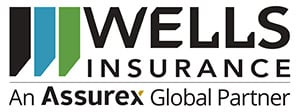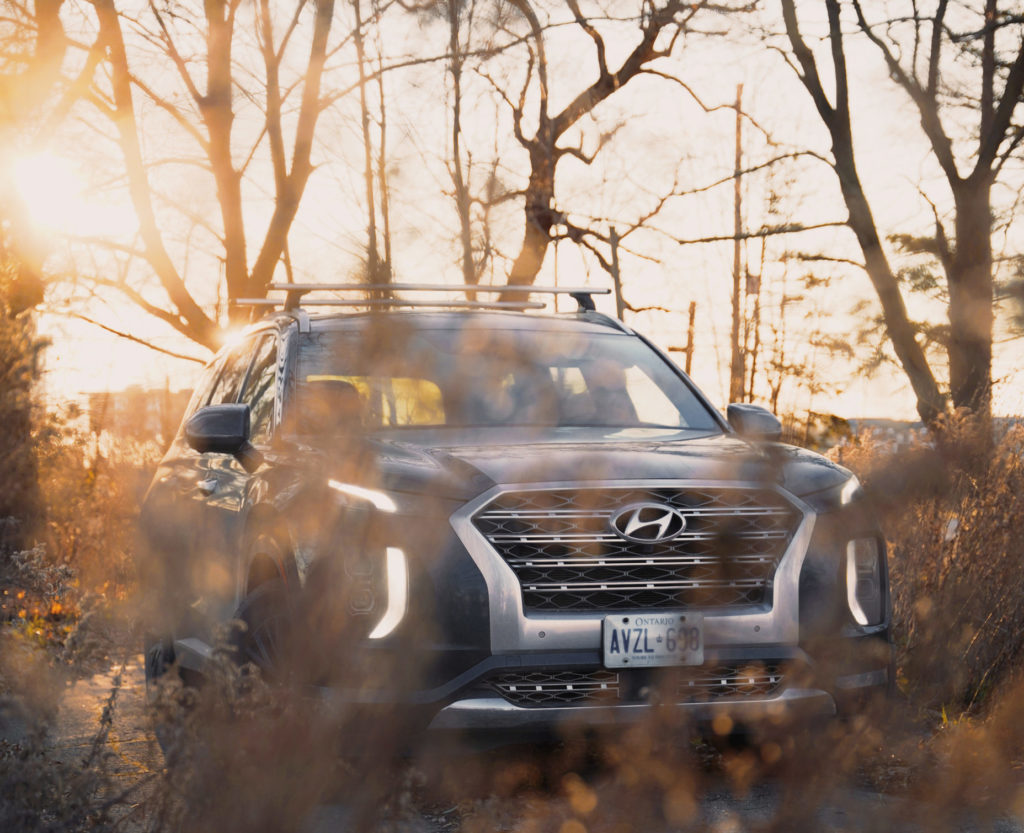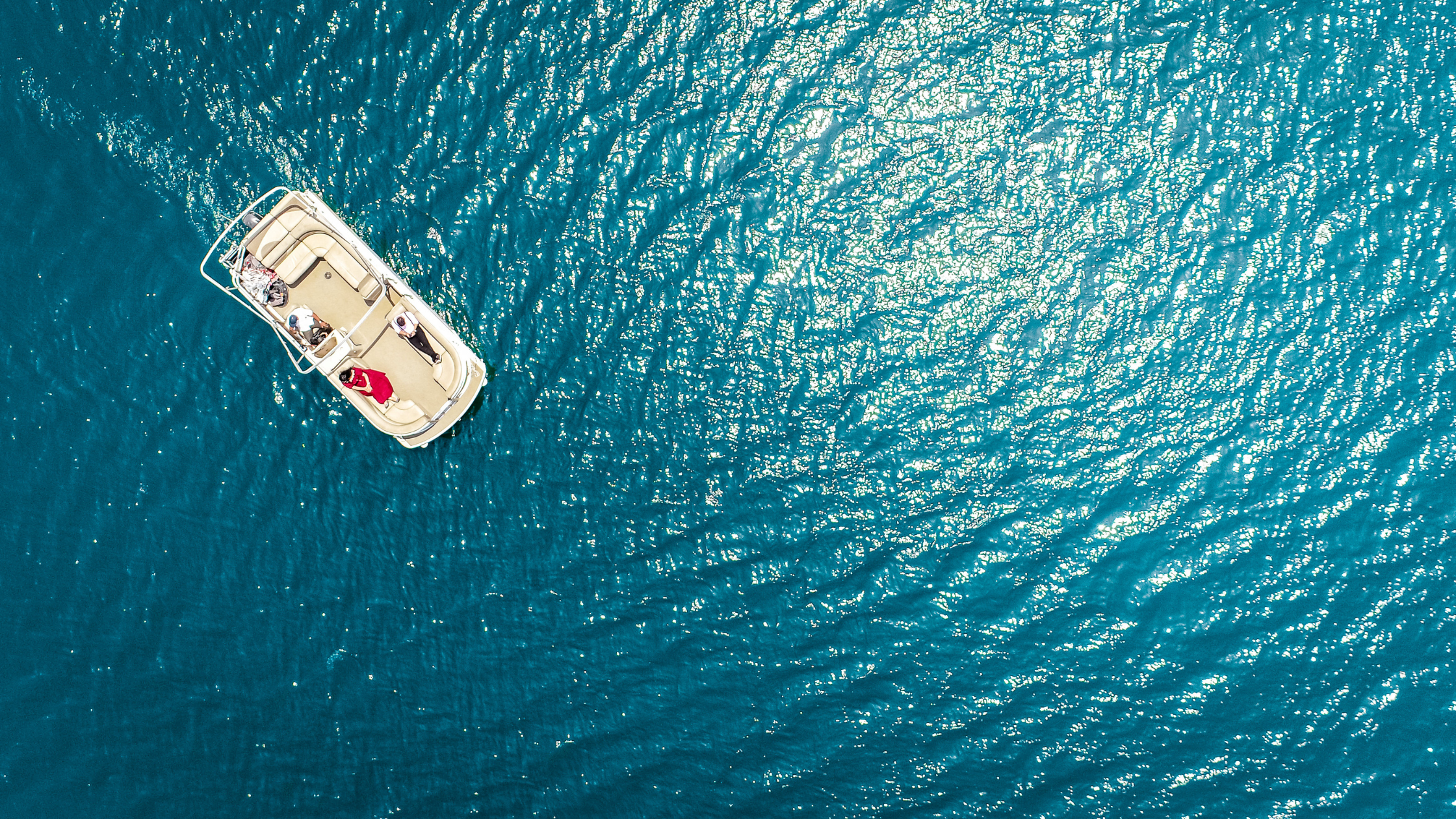Know What to Expect & When to Take Action When a Hurricane Approaches

When preparing your boat for a hurricane you are up against all of the elements. You must consider protecting your vessel against extreme wind, rain, waves, and extreme tides. Claims from previous storms prove that damage is typically sustained from a combination of all of these elements.
Know What To Expect
STORM SURGE
Storm surge, is caused by the inundation of sea water increasing due to low barometric pressure as well as water and increased wave height being pushed by the hurricane force winds, causing it to pile up and flood areas well above normal high tide lines. It is often underestimated in preparing a boat for a storm. This rise in sea level can require the need for evacuation, and can float boats far above their docks and pilings. Storm surge can cause major damage to boats because docks and dockline arrangements become submerged as the boat tries to float above. As a storm makes landfall, water levels over ten feet feet above normal high tide are possible. Surge is responsible for extensive flooding and much of the loss of life that accompanies a hurricane. Dangerous high tides can reach outward 20 to 50 miles from the storm’s center. Surge makes extra length and positioning of dock lines critical. In 2012 Hurricane Sandy for example set a new surge record of 14 feet in parts of New York.

WIND
A hurricane is an extreme area of low pressure causing air to be sucked inward at a rapid rate. When these low pressures are tropical in nature and sustained winds exceed 74 mph they are then categorized as a Hurricane. A Category 1 is 74-95 mph with 4 more stronger categories up to a Cat 5, which is a storm that exceeds 155mph. The strongest winds tend to stick pretty close to the eye wall, but can extaned out quite far. Average speeds outside the eye wall of most hurricanes can easily maintain 100mph but gusts can be far greater than the sustained winds. In 2017, Irma reached a record 185 mph. What may be less understood is the force created by wind is exponential. Each time the speed doubles, the wind pressure quadruples. To put it in practical terms, when the wind speed increases, the damage it causes increases at a much greater rate. This illustrates the importance of reducing the boat’s "windage" (the amount of area your boat presents to the wind) by removing as much rigging, canvas, and deck gear as possible, and facing the bow toward the greatest exposure.
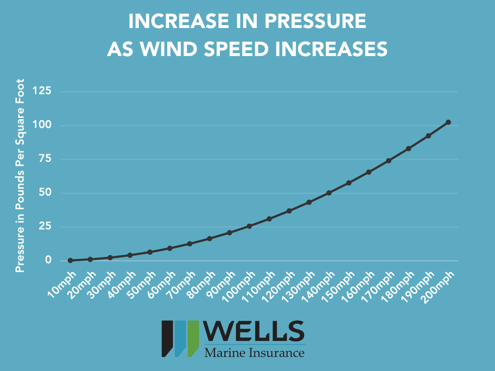
WAVES
Increased ocean wave heights certainly add to the destruction of coastlines, but as surge increases and structures such jettys, bulkheads, and sea walls become submerged, those waves sweep over and through. Even in typically calm harbors, bays, and lakes, wind waves can build to surprising heights. In a hurricane, steep short-period breaking waves 3-6 feet high can cause a lot of destruction.

RAINFALL
While most storms can easily dump 12 inches within 24 hours, Hurricane Florence delivered over 30" of rain to the Cape Fear region over the course of three days at it just sat on us after making landfall. Back in 2017, Hurricane Harvey set an all-time record of 60 inches of rain in parts of Texas. Boats that survive the wind waves and tidal surge still can be sunk by heavy rain. Decks are rarely 100% watertight. In a storm such as Florence, the ability of a bilge pump and battery to handle three days of rain accumulation is pretty low. Deck drains and pump discharges located near the waterline can back flow when waves and rain put drains underwater. That doesn't even account for the amount of debris blowing around that can also accumulate, clog, and back up drains.
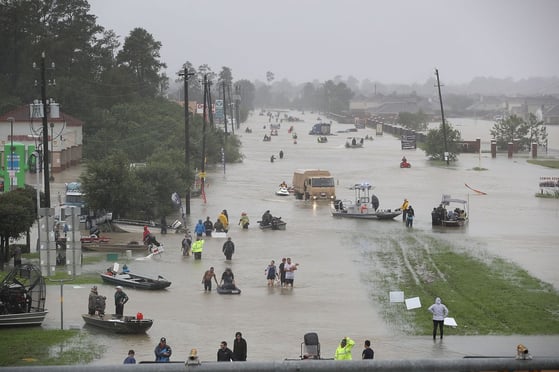
TORNADOS
Tornadoes are sometimes spawned by hurricanes. The most recent Idalia which came up from Florida and moved offshore as it came through North Carolina, spawned a few tornados that went up the Cape Fear River and into Leland. Hurricane Dorian which passed by as at Cat 1 in 2019 sent multiple tornadoes in from the ocean hitting areas of Porters Neck and Scotts Hill along with 16 other reports across the state. Of the 46 people who died during Hurricane Carla in 1961, 11 were killed by tornadoes. Little can be done to protect a boat from a tornado. The possibility of a twister, however, is a strong reason for you, your family, and your boat, if it is trailerable, to be far from the coast when a hurricane makes landfall.
When To Take Action
“The time for taking all measures for a ship’s safety is while still able to do so. Nothing is more dangerous than for a seaman to be grudging in taking precautions lest they turn out to have been unnecessary. Safety at sea for a thousand years has depended on exactly the opposite philosophy.”
— Admiral Chester W. Nimitz

Hurricane Warning
A hurricane “warning” advisory is posted when sustained winds of 74 mph or higher are expected within 24 hours or less—too late, in most situations, to head for the boat. Securing the house, gathering emergency provisions, and evacuating the family will need attention at this point.
Hurricane Watch
A hurricane “watch” is posted when hurricane conditions pose a threat to a specified coastal area, usually within 36 hours. Some hurricane observers believe waiting for a watch to be posted also may be too late to head for the marina or to move the boat to a safer location.
Even watching the barometer, which is helpful for some weather patterns, can’t tell you when to prepare for a hurricane. The extreme low pressure associated with a hurricane occurs close to the eye of the storm—too late to predict landfall.
The best advice is to prepare or move your boat when a hurricane is a substantial possibility, even before a watch is issued. If you wait longer and your plan includes relocating the boat, bridges may be locked down and the hurricane hole you choose may be inaccessible. Or, if you plan to have your boat weather the storm ashore, you may find the marina is too busy to haul your boat. Check out this article on how to prepare your boat: Preparing Your Boat For Hurricanes
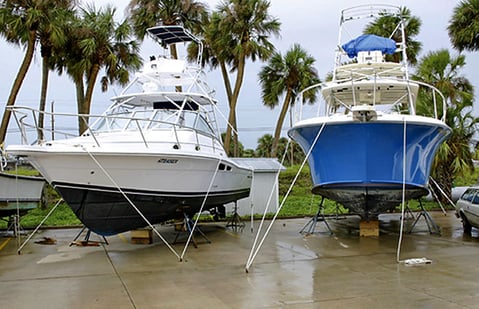
If you have questions or concerns about your boat insurance, including haul out coverage, navigation limits, etc. please don't wait. Call or email us today to discuss your marine insurance policy or to get a quote to get your vessel insured.
